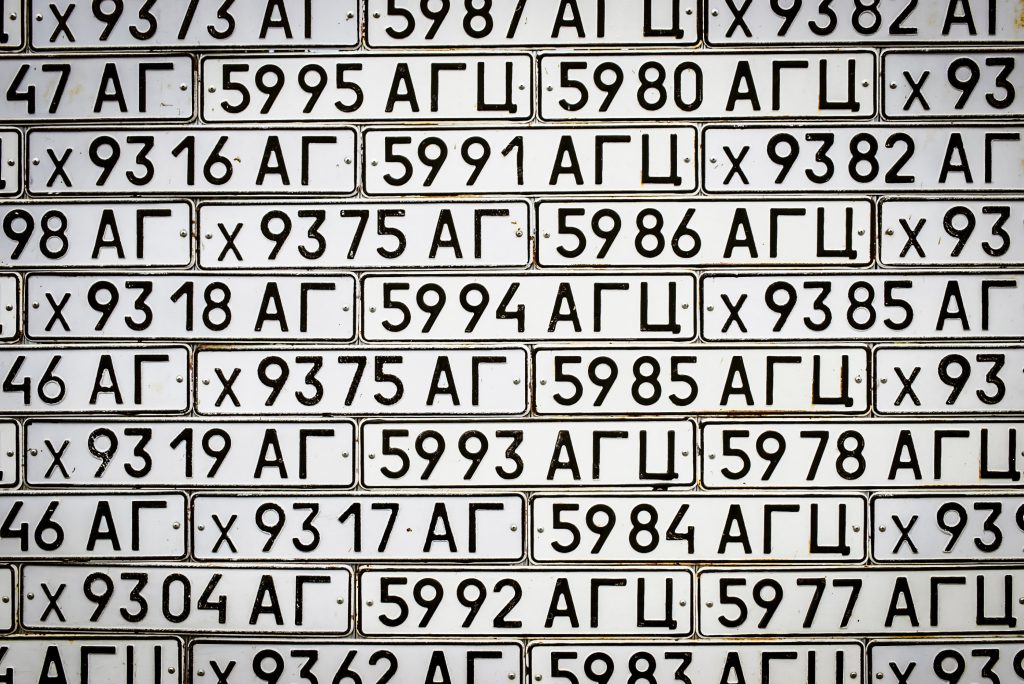
Like any other field of expertise, the steel industry has its own jargon – one that may be confusing upon first encounter. Why are they assigned four-digit codes? What’s the difference between Alloy 4130 and 4140?
Steel is sorted into four main categories as set by the AISI (American Iron and Steel Institute):
- Carbon steel
- Alloy steel
- Stainless steel
- Tool steel
Being steel, these contain the same two basic elements of iron and carbon. Determining their category depends on the percentage of carbon and other alloys added to the iron, which changes the properties of the finished metal.
Within each category, steel can then be classified according to type. This usually includes several of the descriptive factors below:
- Composition: the main categories of carbon, alloy, stainless, and tool steel.
- Microstructure: these are the subcategories of composition. For instance, stainless steel can be classed as ferritic, austenitic, martensitic, and duplex steels.
- Method of production: two methods account for almost all modern steel production, known as EAF (electric air furnace), and BOS (basic oxygen steelmaking).
- Form/Shape: also known as primary forming, creating shapes such as plate or bars.
- Method of finish: this is referred to as secondary forming, the techniques which give the final product its properties and finish. This can include processes such as hot and cold rolling, tempering, or galvanizing.
- Physical strength: using ASTM (American Society for Testing and Materials) standards, the designation typically includes a letter prefix and assigned number.
There are two primary numbering systems used to classify metals, so steel descriptions typically will include both. Along with AISI, the numbering system set by SAE (Society of Automotive Engineers) is most used in the metals industry. For the most part, SAE has adapted their system to align with the classifications set by AISI, so that specifications are standardized for steel.
So with this information, consumers have the ability to recognize the category and classification of a steel item. In the four digit code system, the first number will determine the type:
Starting with 1: Carbon steel
2: Nickel steel
3: Nickel-chromium steel
4: Molybdenum steel
5: Chromium steel
6: Chromium-vanadium steel
7: Tungsten-chromium steel
8: Nickel-chromium-molybdenum steel
9: Silicon-manganese steel and other SAE grades
The following numbers then give additional detail to the specific type of steel. In most cases, the second digit indicates the percentage of alloying element. The last two digits are the percentage of carbon concentration within the steel.
So using the example of 4130 vs 4140 steel: both start with a 4, so they are molybdenum steels – with the concentration of molybdenum being 1%. The difference between the two is that 4130 has a carbon percentage of roughly 0.30%, while 4140 contains 0.40 percent carbon. Because of its lower carbon percentage, 4130 would be more easily machined and weldable than 4140. However, the higher degree of carbon in 4140 alloy gives it greater hardness and strength than 4130. Armed with this knowledge, this may better help you choose the right type of steel for your needs.
